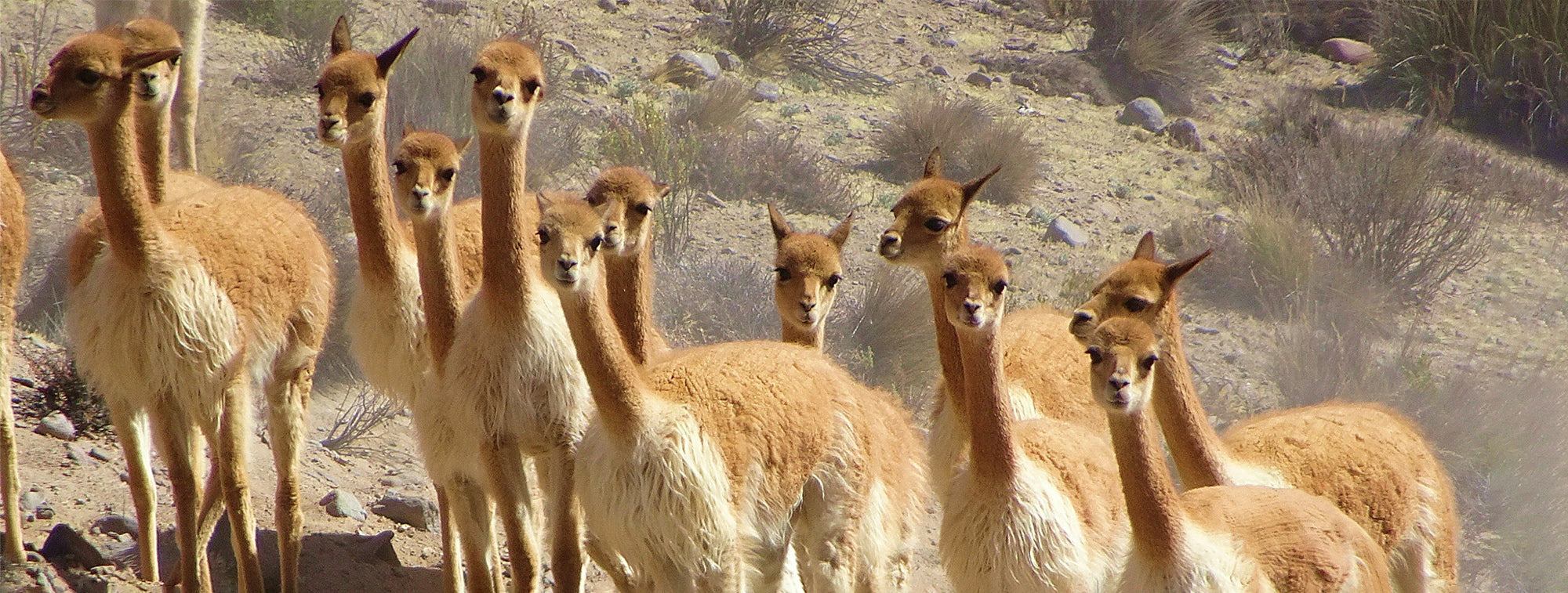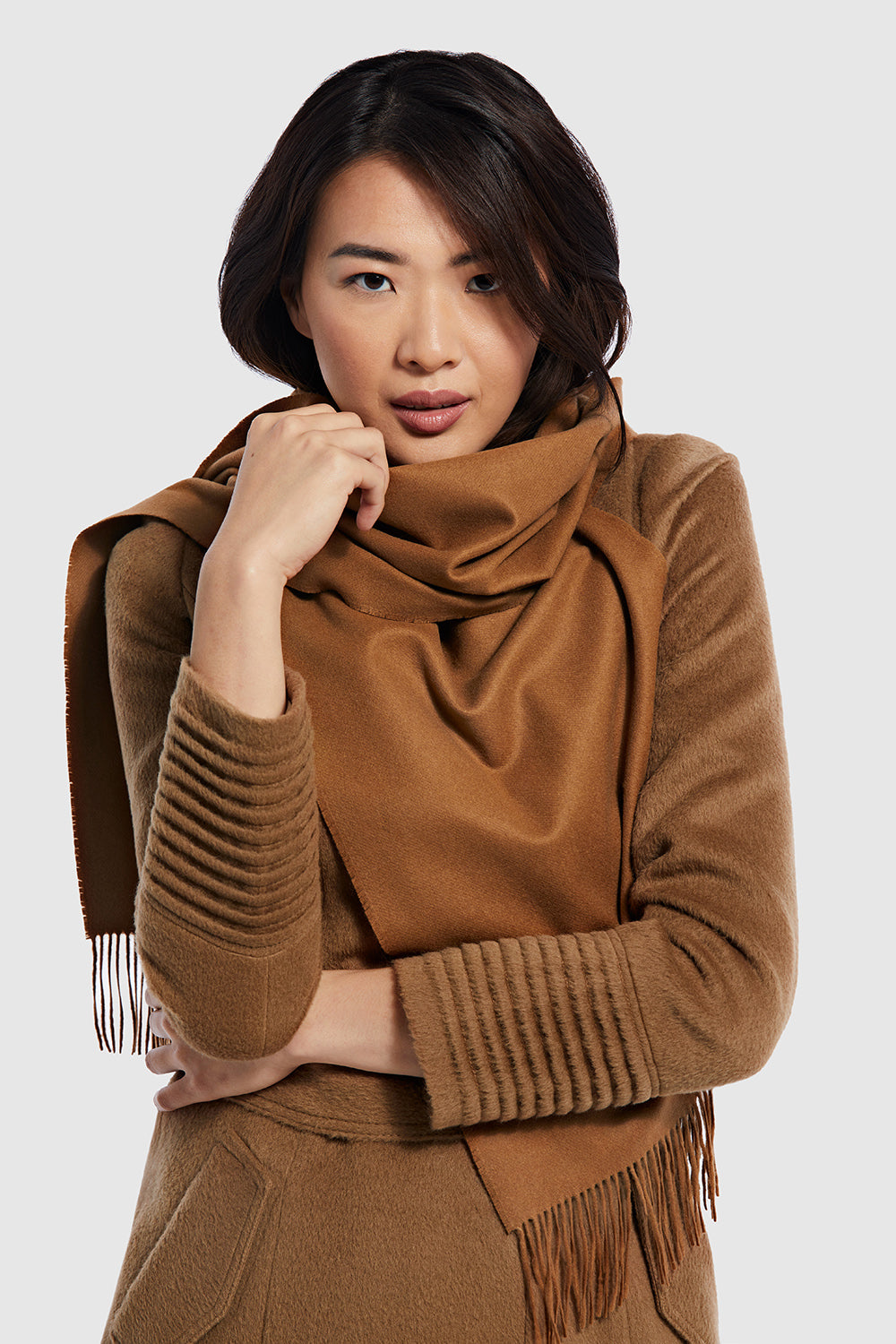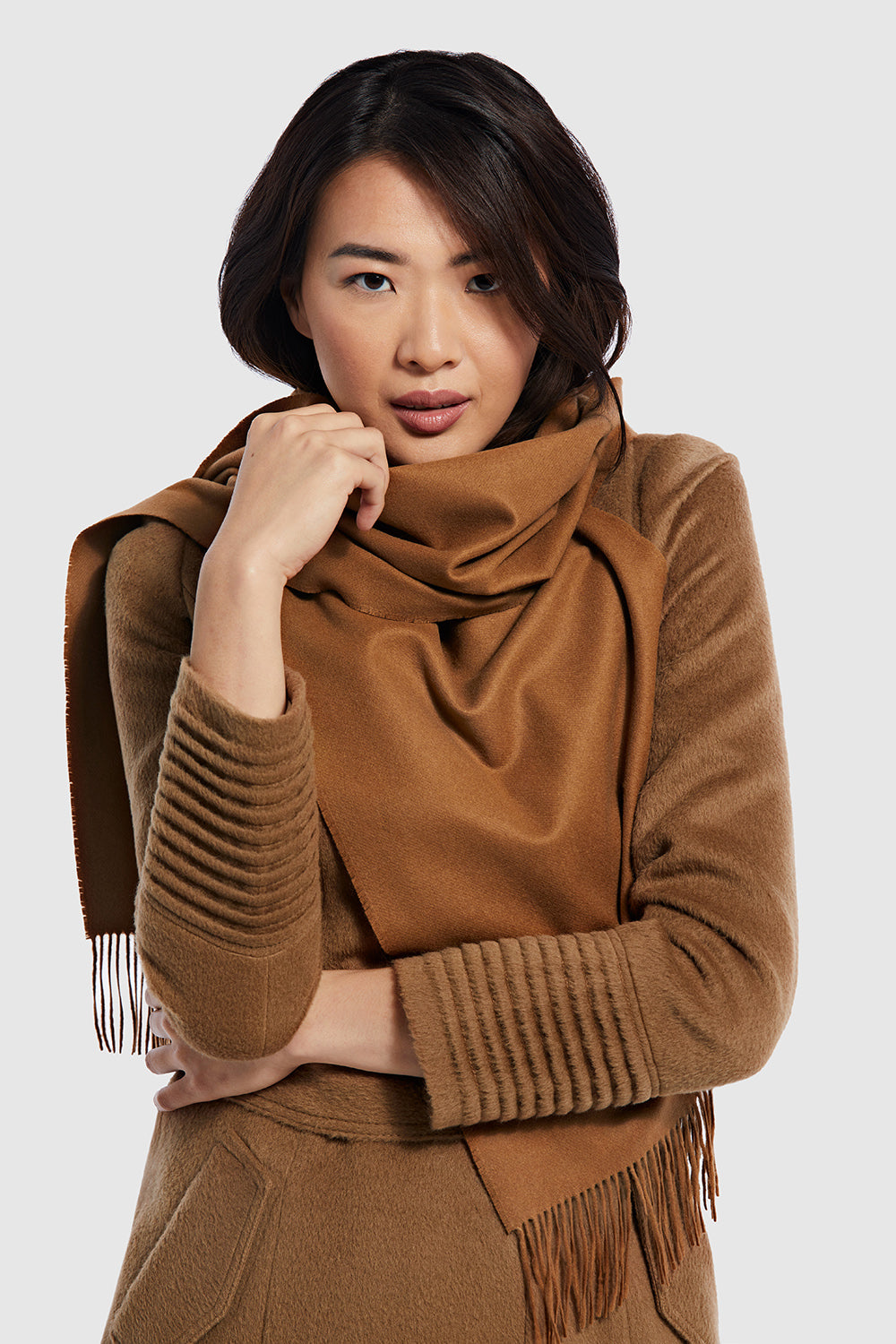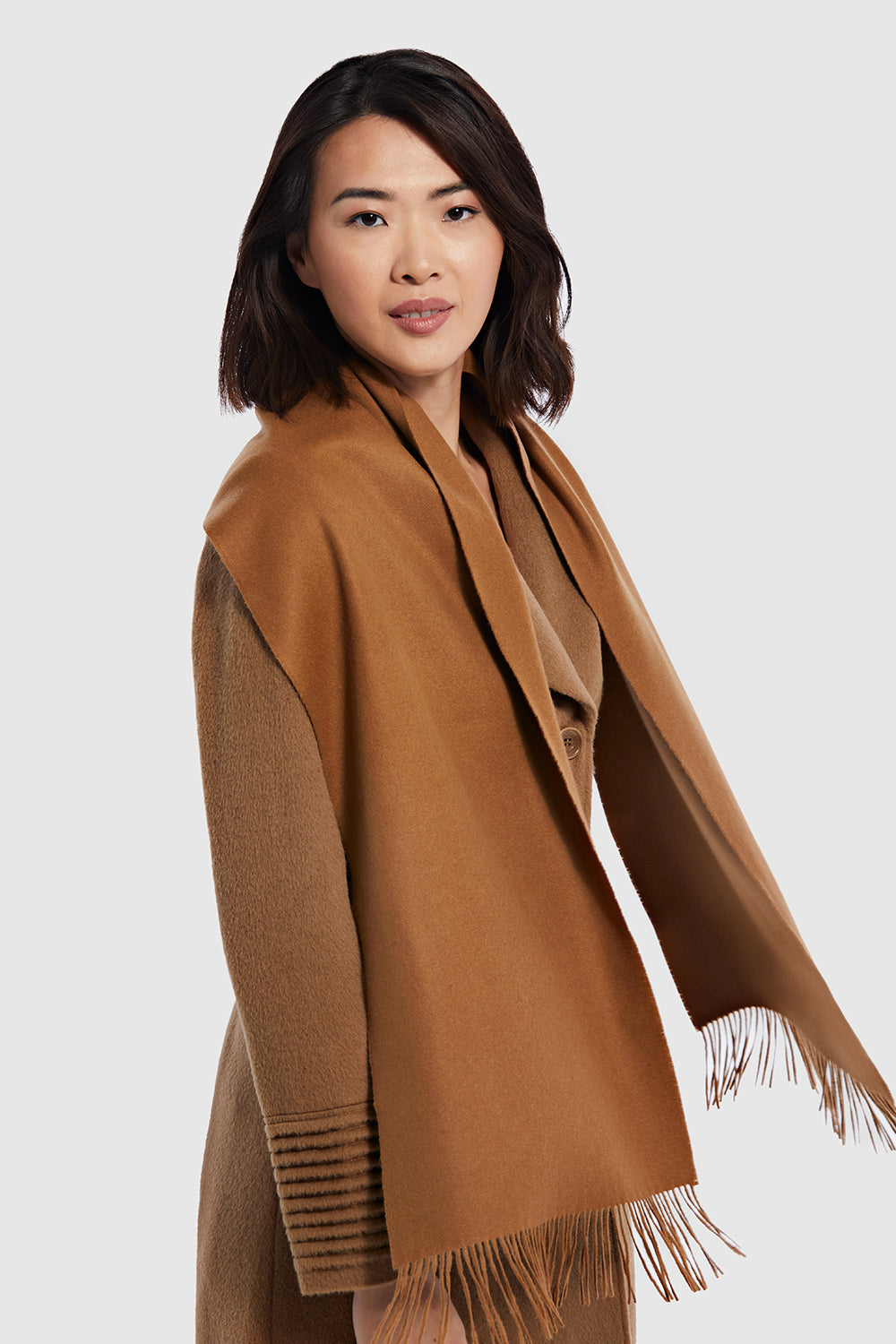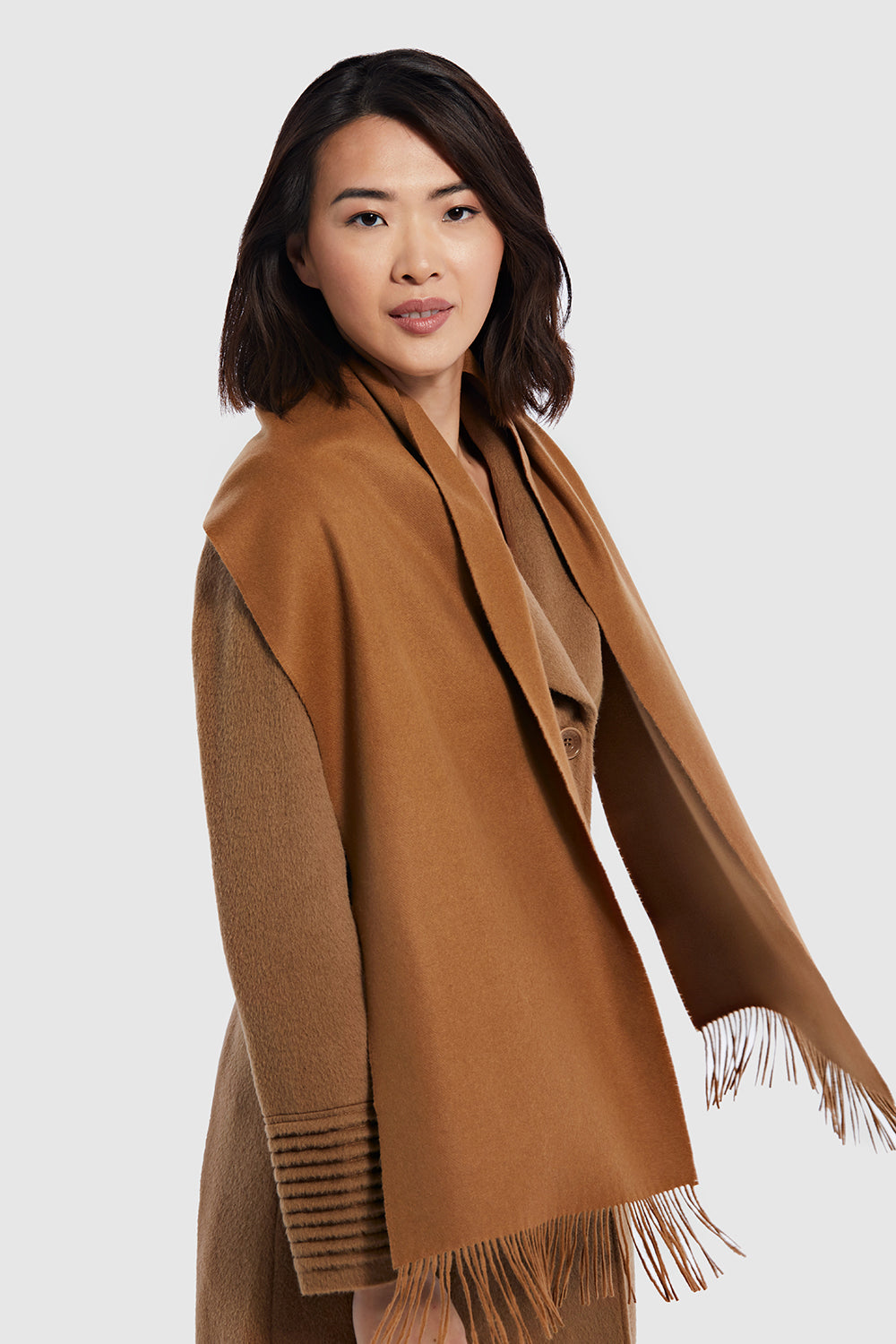
Vicuña
With the launch of the SENTALER Vicuña Classic Scarf, we are able to transform this rare and noble fibre into an elite world-class product, while supporting local artisans and helping maintain the ecological balance of the Andes Mountains region. Respecting nature, raising awareness and giving back to our planet is of the utmost importance to me personally, and to my company and team. We are proud to be working with this rare material that is steeped in history and consider it a privilege to provide this product to our clients."
MORE ABOUT VICUÑA
The vicuña animal is a small, dainty and graceful member of the cameloid family, closely related to alpacas, llamas and camels, that cannot be reared in captivity. Vicuña fleece is exceptionally fine and measures only 12.5 microns in diameter. Vicuña fibres are obtained through an ancient ceremonial process called “Chaccu” in which the animals are surround by local Andean artisans using a small rope with colourful flags to heard the vicuña animals into a circle. The animals are then carefully sheared to ensure that no animal is harmed in the process. Once the Vicuña fleece is obtained, the community leader gives thanks to “Intim,” the word for sun in the native Quechua language, and the animals are immediately set free back into the wilds of the Andes Mountains. This process takes place during the spring season, only once every two years, and yields just over 200 grams of fleece from each animal. As an example of just how rare and limited this fibre is, the fleece of 6 adult vicuñas is required to produce a single sweater. To make a coat, the sheared fleece of 35 adult vicuña animals is needed.
Ancient Peruvians have had a special relationship with vicuña animals for millennia and consider them spiritual animals associated to the Gods. Once with a flourishing population of nearly 2 million wild animals that inhabited the Andes Mountains, by 1964 the population had dwindled to 5,000, due to poaching by Spanish settlers. The vicuña was officially declared an endangered species in 1974 and many feared this majestic wild animal would become extinct. With the support of the Peruvian government, urgent measures were taken including sanctions against poaching by hunters, and within a few years the situation began to correct itself and the vicuña flocks began to increase. Incorporating the ancient Inca technique of “chaccu” to safely capture and release the animals, combined with state-of-the-art shearing technology, the tradition of Peruvian textiles and guaranteed craftsmanship has been restored to pre-Hispanic times.



